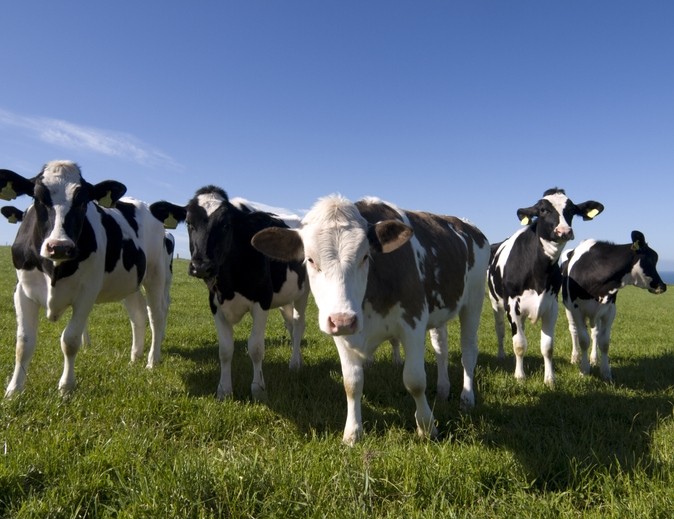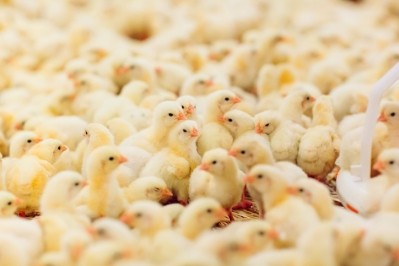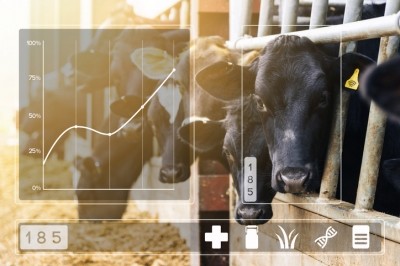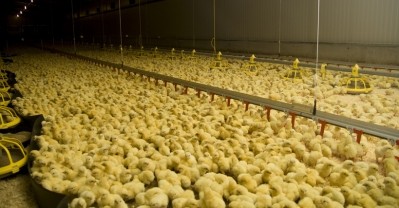Researchers look to boost performance of dairy cows by greater understanding of heat stress in temperate climates

As a result of the work of Dr Chamberlain, UK farmers will not only be able to avoid productivity losses, but they will also be able to avoid serious animal welfare issues that arise as a result of heat stress, said Cesar Bratz, technical manager, Trouw Nutrition.
Dr Tom Chamberlain, veterinarian and owner of Chalcombe Consultancy in the UK, says heat stress can also affect cattle in temperate climate zones such as Europe.
The researcher said that a common way to quantify the risk of heat stress is the Temperature Humidity Index (THI), an index that combines environmental temperature and humidity, but it has serious limitations. Firstly, threshold values are often based on studies working with cows that are acclimatized to high environmental temperatures and humidity and, secondly, the THI values are only applicable to housed cattle, he reported.
In grazing situations, said Dr Chamberlain, it is preferable to work with the Dairy Heat Load Index (DHLI, Lee, 2017), which is based upon recordings of humidity and temperature. Placed where cattle are grazing, the DHLI provides an accurate measurement of the actual conditions that cows experience, he added.
“With the help of Trouw Nutrition and Lallemand Animal Nutrition, we now have real-time data for THI and DHLI available from seven farms in the South-West of England,” said the veterinarian.
Lallemand has been collaborating with Dr Chamberlain’s consultancy on the heat stress research, with this publication reporting on that alliance back in May.
“We wanted to pilot this specific project in the UK due to the fact there is limited data on the thresholds for cows in the UK and Ireland; there is only data from cows in significantly hotter countries,” a spokesperson for Lallemand told us back then.
In the pilot, monitors were given to dairy farms, with the data generated being streamed live so that farmers can see the current level of heat stress risk, rather than basing management decisions on the prior year’s data.
Temperature and humidity are being recorded inside and outside the shed and translated into updated graphs reflecting changing conditions and challenges, helping indoor and grazing herds.
A summary of the stress results to date have been published by Lallemand.
Animal based metrics
The Chalcombe consultancy led research project also aims to provide farmers with a better tool to assess heat stress in their herds.
Both THI and DHLI are environment-based as opposed to animal-based assessments. As such, they indicate to what extent animals are at risk, but do not measure the effect of heat stress in animals, said Dr Chamberlain. So the team will look to also develop a metric based on animal measurements.
“Previous research has developed animal-based metrics but these have been too invasive or expensive for commercial use. Our intention is to develop a metric that is simple to apply on commercial dairy farms.”














